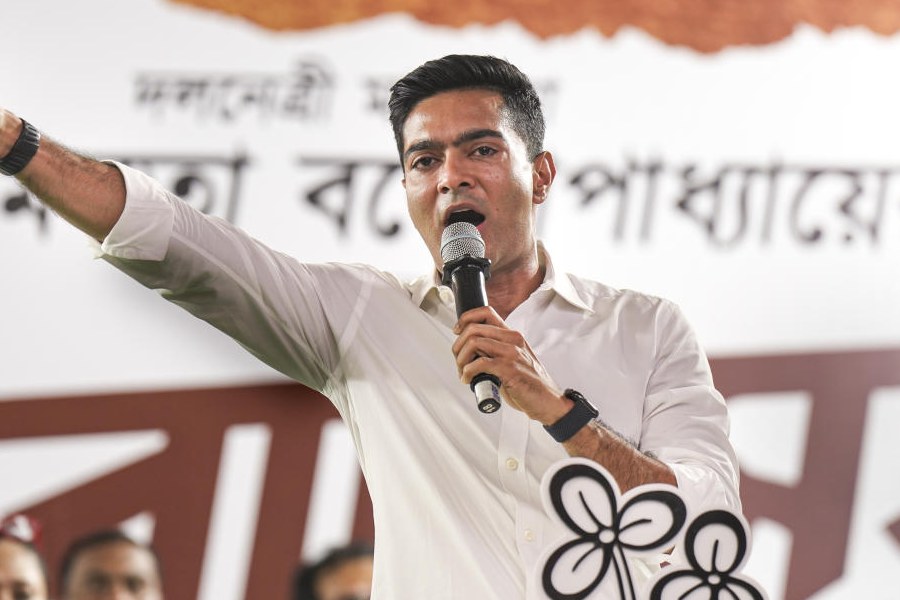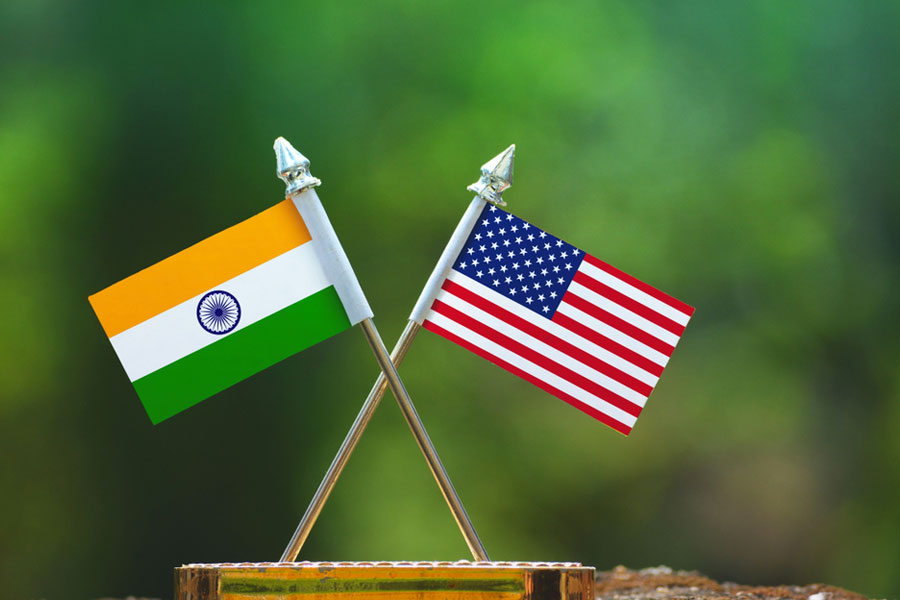Book: The Day I Became a Runner
Author: Sohini Chattopadhyay
Published by: Fourth Estate
Price: Rs 599
An award-winning film critic, an investigative journalist and a well-known feature writer, Sohini Chattopadhyay is no stranger to the pen. The Day I Became a Runner is a testimony to her creative talents as she blends her journalistic expertise with her personal and political passions to excavate what lies beneath the relatively unknown stories of Indian women runners. What prompts women to take to running and dominate public spaces? What does the ground beneath their feet look like? Where are their footprints?
Meticulously researched and lucidly written, The Day I Became a Runner offers a rich fare to its readers. Through the “lens of sport” a unique story of “women’s history” unfolds, both everyday and exceptional. The tense of the title sheds light on this project — how award-winning sportswomen and relatively unknown ones ‘became’ runners. Interestingly, instead of presenting an objective account, the author positions herself as a participant, a sharer. Albeit a hobby runner, her personal story provides a springboard for the book’s larger explorations of gendered sports within an unequal world of opportunities and rights.
Over seven chapters, the book narrates the triumphs and tribulations of extraordinary runners, such as Mary D’Souza, Kamaljit Sandhu, P.T. Usha, Santhi Soundarajan, Pinki Pramanik, Dutee Chand, and Lalita Babar. While the first three are justly regarded as legends of the past, or near past, the accounts of Santhi and Dutee describe what it means to be a ‘woman’ in competitive sports. Why Santhi failed the “gender test” after her tremendous performance in Doha in 2006, or how Dutee successfully won her case against hyperandrogenism in the highest court in 2015, uncovers the inherent biologism of official sports. Equally, the rape charges against Pinki underline the anxieties governing both sports and society. And Lalita’s account emphasises how a victorious body in motion can often be trapped in injuries.
Beyond individual stories lie the committed worlds of coaches, mentors, and families belonging to diverse social spheres. Contrary to metropolitan and media-driven hype over competitive sports, the book argues that it is rural India which can provide some long-term answers to the value of sports in women’s lives. The Sunrise Project, a village training programme for long-distance runners in drought-prone Marathwada, consciously promotes a “culture of running as a hobby sport and career, shaped by the market.” Nurtured within the educational vision of the Sanskriti Samvardhan Mandal, an unusual rural school, the Project gives impetus to women’s career through sports as it has grown alongside the “marathon economy of contemporary liberalized India.” Such an impetus has also enabled “the sense of self in young girls.”
Turning to the past for inspiration, the concluding chapter presents an unusual sportswoman: Ila Mitra, the legendary communist leader-cum-ace athlete. Besides focusing on Mitra’s athletic prowess and the fact that she was slated to represent British India in the 1940 Olympics, Chattopadhyay recalls Mitra’s exemplary communist zeal and personal strength in the context of contemporary muscular nationalism exhibited by some sportspersons during the anti-Citizenship (Amendment) Act protests. The author wonders whether State patronage, via jobs, awards or grants, breeds such nationalism.
Undoubtedly, competitive sports and nationalism are unhealthily intertwined, but worldviews can and do change. We have witnessed hopeful signs in the 2023 wrestlers’ agitation over the alleged sexual offences committed by the former Wrestling Federation of India chief. True, the protests haven’t yielded justice for the survivors, but they show that sportspeople are willing to fight together for a democratic sports order. The Day I Became a Runner ends on a similar sense of hope. While reviewing the textual and historical erasure of Muslim sportswomen, Chattopadhyay reiterates her belief in an inclusive and diverse future for women’s sports.










